Every year since 1978, the International Museum Day has been drawing attention to the variety and importance of museums. On May 17, Villa Schöningen invited the former secretary of culture Michael Naumann, the architect Jürgen Mayer H., the artistic director of Forecast Freo Majer, and the journalist Peter Schiering to discuss recent developments in presenting art, design, architecture and visual media to the public.
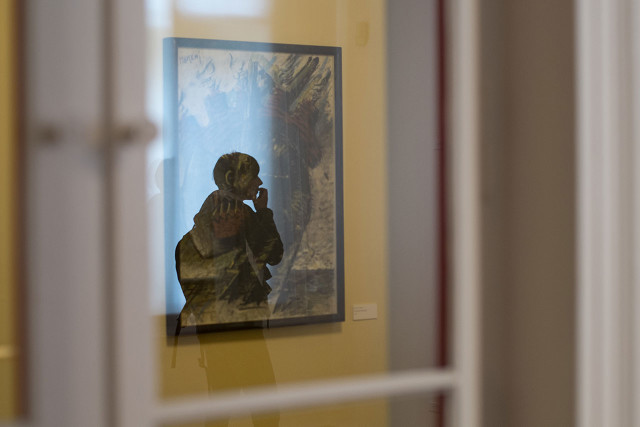
When Peter Schiering asked him about his first interesting museum experience, Michael Naumann recalled an exhibition in his hometown that was so fascinating, that it even tempted his younger self to steal one of the exhibits. Jürgen Mayer H. on the other hand, mentioned the arrangement of a sculpture collection he once saw, which left him no choice but to intervene and rotate the work 90 degrees. And Freo Majer explained how, instead of presenting single artefacts, the Enlightenment Gallery at the British Museum put a whole field of associations on display and thereby opened up a new space of experience for him.
Nowadays, cultural production is getting more and more diverse, assuming a global perspective and adopting interdisciplinary approaches. The institution of the museum with its centuries-long tradition has to respond to these changes without losing its core mission to collect, preserve and present artifacts. During the discussion another aspect of the museum shifted into the foreground: the museum as a platform for dialogue.
Talking about the future of the museum and its communicative potentials, Jürgen Mayer H. questioned the continued relevance of disciplinary distinctions and asked about the advantages and disadvantages of such categorizations. From his point of view, challenging disciplinary boundaries enables a dialog between exhibits. His thoughts operate in the dimension of new concepts of museum collections and spatial implementations that could establish more transformative and performative spaces. Within these structures, he also sees the possibility of exhibiting what is not exhibited, in order to make curatorial decisions more transparent and question the implications of curatorial activities. In connection with Forecast, Freo Majer emphasized that not only material artifacts but also ideas are important exhibits which could gain more recognition within the museum landscape. Moreover, the processes through which these ideas either become something tangible or remain immaterial is an interesting aspect of a general cultural development. Michael Naumann added that one should avoid a tendency to overcommunicate. He stressed the subjective level of every museum experience, especially our capacity to immerse ourselves in art and find our own perspective, independent of the audio guides.
These points shed a different light on the personal experiences mentioned above. They represent the personal engagement of the viewer with the work of art and vice versa and point out the variety of facets museums and similar institutions are able to render possible.
[caption id="attachment_855" align="alignleft" width="320"]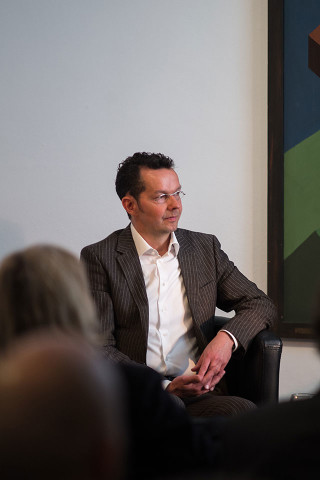 Freo Majer[/caption]
Freo Majer[/caption]
[caption id="attachment_854" align="alignright" width="320"]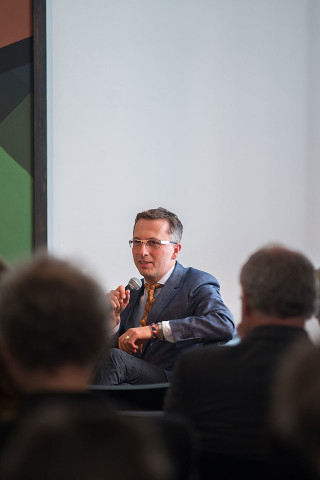 Peter Schiering[/caption]
Peter Schiering[/caption]
[caption id="attachment_853" align="alignleft" width="320"]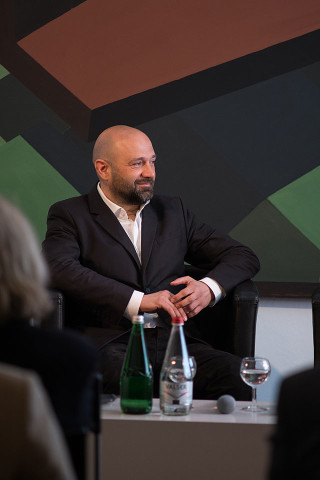 Jürgen Mayer H.[/caption]
Jürgen Mayer H.[/caption]
[caption id="attachment_856" align="alignright" width="320"]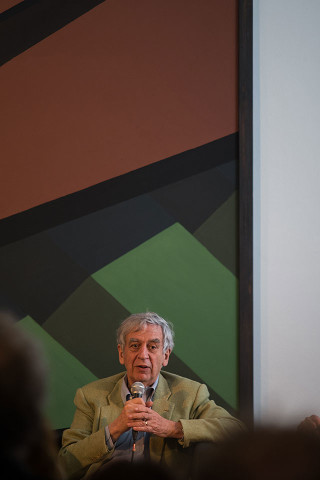 Michael Naumann[/caption]
Michael Naumann[/caption]
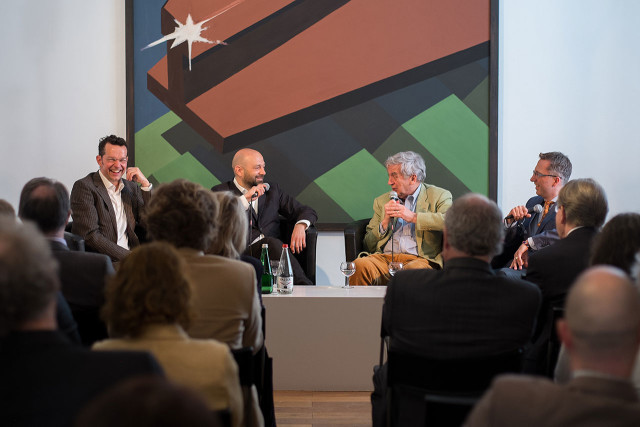
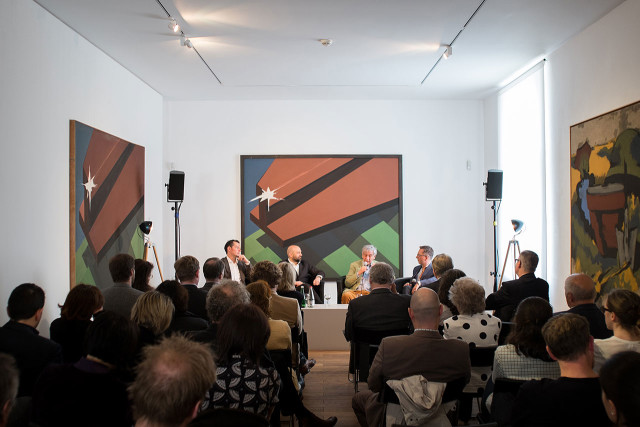
Photos: Mathias Völzke
